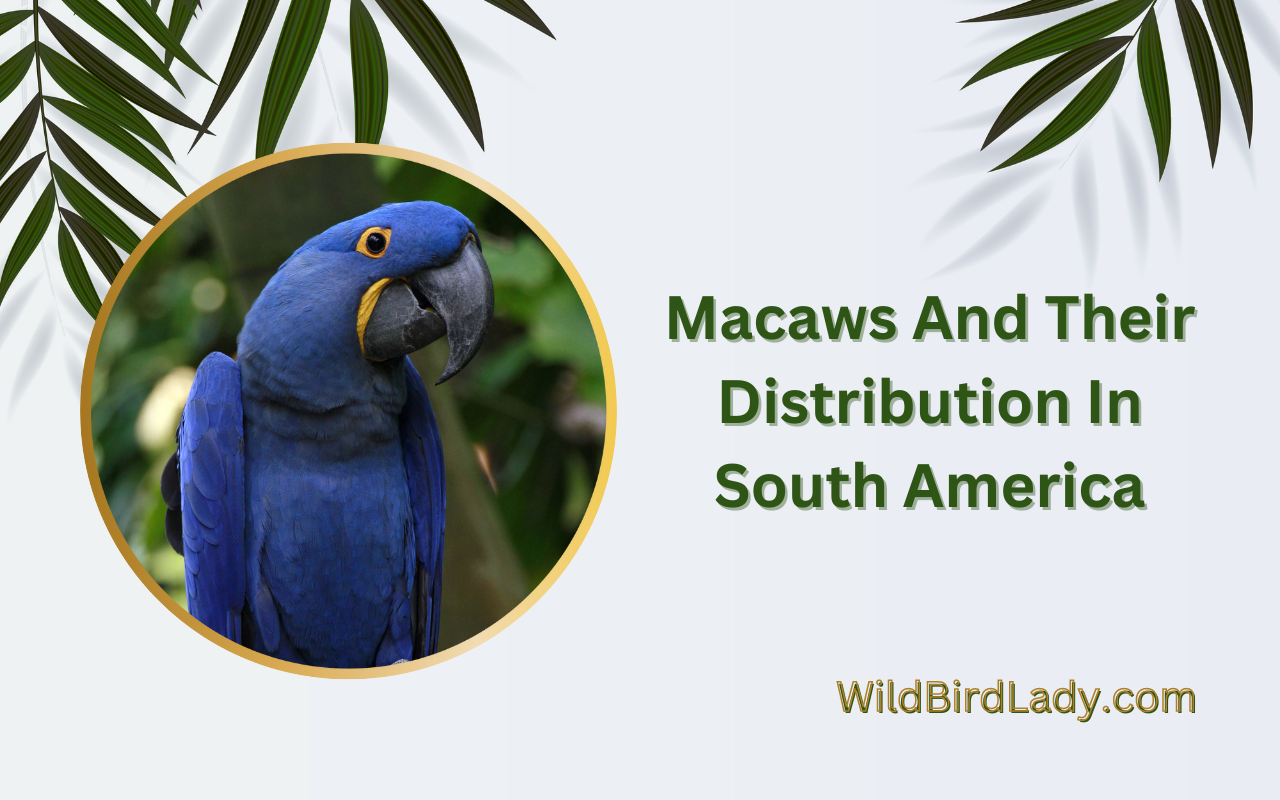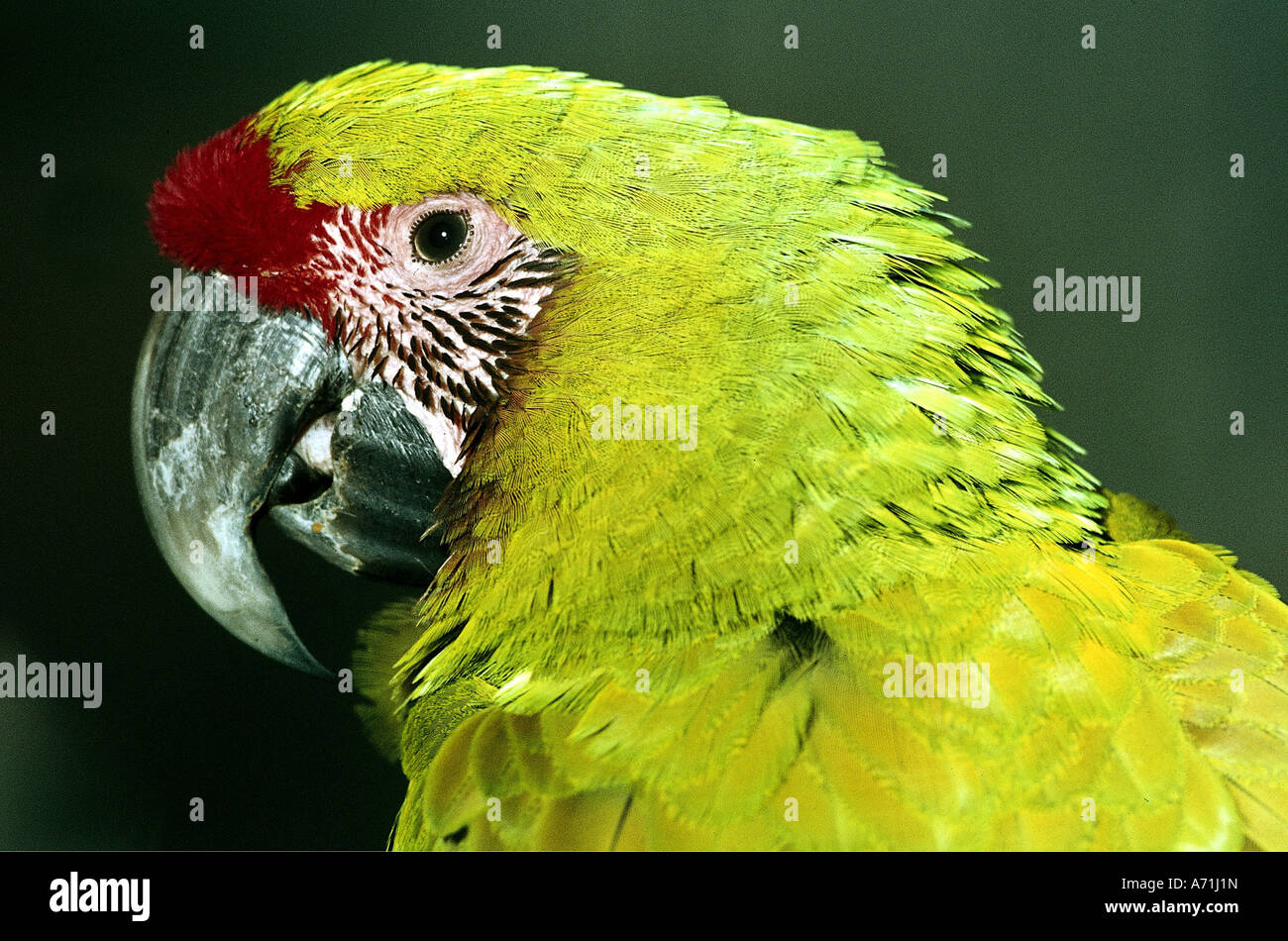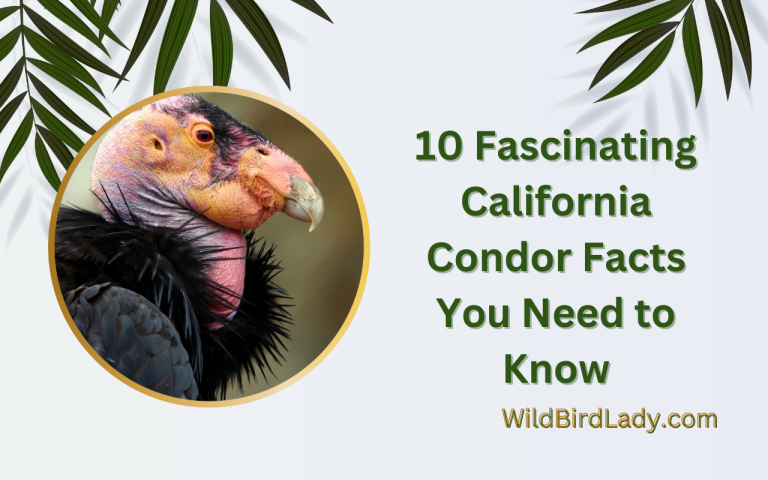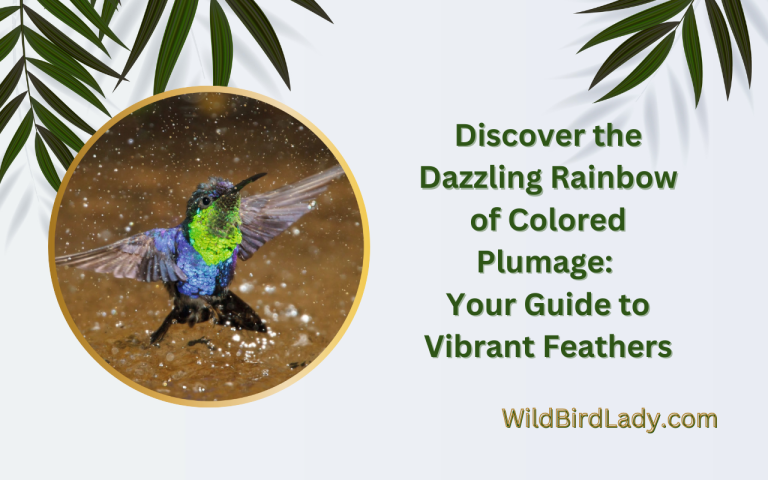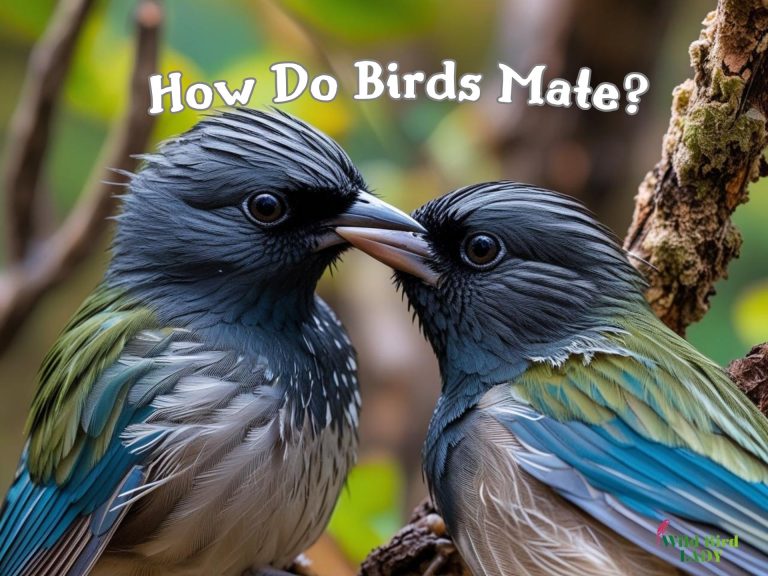Macaws And Their Distribution In South America
Macaws are large, colorful parrots that are native to south america, with 16 different species distributed across the continent. Found primarily in the amazon rainforest and other tropical areas, these social birds are an important part of the region’s biodiversity and cultural heritage.
Macaws have been valued as pets and their feathers have been used in traditional ceremonies and clothing. Unfortunately, habitat destruction and the illegal pet trade have led to declining populations for many species of macaws, making conservation efforts crucial for their survival.
In this article, we will take a closer look at the distribution of macaws throughout south america and the challenges they face in the wild.
Credit: www.alamy.com
The Ecological Range Of Macaws In South America
Macaws are colorful, intelligent birds that belong to the parrot family. South america is home to 18 species of macaws, each with its unique characteristics and behaviors. In this blog, we’ll discuss the ecological range of macaws in south america, specifically focusing on the areas where these birds are prevalent and the reasons why they thrive in their habitats.
Areas In South America Where Macaws Are Prevalent
Macaws can be found in various countries in south america, including brazil, peru, bolivia, ecuador, and colombia. These birds are most commonly found in the amazonian forests, where there is an abundance of food and shelter. The following are the main areas where macaws are found in south america:
- Amazon basin: This region is the hub of the macaw’s ecological range, with dense forests providing food and shelter to these vibrant birds.
- Pantanal: Located in brazil, the pantanal is known for its wetlands and is the largest tropical wetland area in the world. It’s also home to a variety of macaw species.
- Cerrado: This savanna-like region of brazil is home to several parrot species, including macaws.
Explanation Of The Ecological Factors That Enable Macaws To Thrive
Macaws are highly adaptable birds that have evolved to thrive in a wide range of habitats. However, certain ecological factors are necessary for their survival and flourishing. Below are the factors that facilitate the growth of macaws in south america:
- Forested areas: Macaws require shelter, protection, and nesting sites, all of which can be found in the forested areas of south america.
- Large-bodied trees: The macaw’s diet is primarily composed of berries, seeds, and fruits, which can be found on large-bodied trees in the region.
- Water sources: Macaws need regular access to water for bathing and drinking. The wetland areas in the pantanal provide the perfect habitat for macaws.
- Nesting opportunities: Macaws are monogamous and require suitable nesting opportunities for raising their young. The dense canopies of large trees provide a perfect nesting site for these birds.
Climate Conditions That Are Conducive To The Survival Of Macaws
South america’s climate is diverse, and macaws can survive in various weather conditions. However, certain climatic conditions are better suited for their survival. Below are the weather or climate conditions that enable macaws to thrive in south america:
- Humidity: Macaws require high humidity to maintain the health of their feathers, and the humid forests of south america provide suitable conditions.
- Temperature: Macaws live in warm regions, with temperatures ranging from 25°c-35°c in the amazonian basin, the pantanal, and the cerrado habitations.
- Precipitation: The amazonian basin receives heavy rainfall, which is essential for plants and trees to grow, providing a constant source of food for macaws.
- Sunlight: Macaws require sunlight to maintain their health and well-being. The high sunlight exposure in the regions of south america enables macaws to thrive in their habitats.
The south american region is home to various macaw species, each embedded in diverse ecological habitats. The macaws’ survival is dependent on factors such as suitable habitats, food sources, nesting opportunities, and favorable climatic conditions.
Anatomy And Physical Appearance Of Macaws In South America
Macaws are colorful and exotic birds that are typically found in the tropical regions of south america. They have a unique physical appearance that sets them apart from other birds in this region. In this section of the blog post, we will explore the anatomy and physical appearance of macaws in south america, including the comparisons with other tropical birds and their unique identifying characteristics.
Comparison Of Macaws With Other Tropical Birds In The Area
When we compare macaws with other tropical birds in south america, we can see that they stand out because of their:
- Vibrant and bold colors
- Long tail feathers
- Large, curved beaks
- Agile, strong bodies
How Macaws Differ From Other Birds
Macaws have a few key differences from other birds in south america. These differences include:
- Macaws have a long, narrow tail that makes up nearly half of their body length.
- They have a strong, curved beak that is used for cracking nuts and seeds.
- Macaws have zygodactyl feet, which means that they have two toes facing forward and two toes facing backward. This foot structure provides them with a strong grip, allowing them to cling to tree branches and other surfaces easily.
- They have a unique feather pattern around their eyes, called a “facial feather pattern,” which helps to identify different species of macaws.
Unique Identifying Characteristics Of Macaws In South America
Macaws can be identified by their unique physical characteristics, which vary according to species. However, some common identifying characteristics of macaws in south america include:
- Large size: Macaws are some of the largest birds in south america, with some species growing up to 3 feet long.
- Colorful feathers: Macaws have a vibrant plumage, with bright colors ranging from red, blue, green, and yellow. These colors help them blend into the trees and foliage where they live.
- Strong voice: Macaws have a loud and distinctive voice, which they use to communicate with each other.
- Long lifespan: Macaws are long-lived birds, with some species living up to 80 years.
Macaws have a unique physical appearance and characteristics that set them apart from other birds in south america. From their bright feathers and distinctive facial feather pattern to their strong beaks and zygodactyl feet, macaws are fascinating creatures that continue to capture the imagination of bird enthusiasts all over the world.
Conservation Efforts To Preserve Macaws And Their Distribution In South America
Macaws are magnificent birds renowned for their vibrant colors, intelligence, and personality. These birds are predominantly found in south america, with several species present in this region. Although macaws are incredibly impressive, their population is increasingly under threat from human activities like habitat destruction, poaching, and climate change.
In this blog post, we will explore the conservation efforts and measures taken to protect these beautiful birds from extinction.
Explanation Of Conservation Challenges
There are several reasons why macaws’ population is under threat in south america. Some of these challenges include:
- Habitat loss and fragmentation due to deforestation and agricultural practices.
- Climate change, which is causing droughts, heatwaves, and erratic weather patterns. This disrupts breeding patterns and food availability for macaws.
- Poaching and illegal trade, where macaws are captured for their stunning feathers and exotic prices in the pet trade.
- Invasive species like rats, which destroy macaw eggs or prey on chicks.
Steps Taken To Preserve The Species
Fortunately, there are several conservation efforts designed to preserve macaws and their natural habitats in south america. Some of these measures include:
- Protecting the existing habitat and restoring damaged areas through reforestation and forest management.
- Controlling invasive species like rats and ants, which prey on macaws or compete for their food.
- Developing environmental education programs to raise awareness among communities and foster pro-environmental attitudes.
- Reducing the demand for macaws in the illegal pet trade through confiscation and enforcement of laws.
- Monitoring and research to assess the population status, breeding rates, and habitat quality.
The Impact Of Human Involvement On Macaws’ Habitat
Human actions have a significant impact on macaws’ habitats and population in south america. For instance:
- Deforestation for agriculture, logging, and mining disrupts the natural forest system and removes the nesting and feeding sites for macaws.
- Climate change is leading to prolonged droughts, food shortages, and heat stress for macaws.
- Poaching macaws for their feathers and as pets reduces the population size, disrupts the breeding cycles, and disturbs the social systems.
- Introduction of invasive species like rats and ants, among other animals, alters the natural food webs and erodes the macaws’ nests.
We need to protect macaws and their distribution in south america by implementing conservation measures such as habitat protection, controlling invasive species and reducing the demand for macaws in the pet trade. It’s essential to remember our role in the ecological chain and strive to conserve these amazing birds for future generations to appreciate and admire.
Economic Significance Of Macaws On South America
Macaws are striking creatures found in the tropical areas of america, and south america is particularly known for being the habitat of a wide variety of macaws. Their presence in the region goes beyond being just a beautiful sight in the wild; these birds have significant cultural, economic, and ecological importance.
In this blog post, we’ll dive into the economic significance of macaws on south america, and the opportunities available for ecotourism and conservation.
The Cultural Significance Of Macaws
Macaws have been an integral part of south america’s cultural heritage for centuries. In fact, these birds have been a symbol of power, wisdom, and wealth in the pre-columbian societies of central and south america. Today, macaws are still valued for their cultural significance in many indigenous communities.
They are often seen in cultural ceremonies, dances, and rituals.
Impact On South America’S Local Economy
The impact of macaws on south america’s economy is significant. One of the major ways they contribute to the economy is through ecotourism. Macaws are a major attraction for tourists visiting south america, particularly in countries like brazil, peru, and bolivia.
These nations have macaw habitats and are actively promoting eco-friendly tours with these birds in their natural habitats. This not only provides livelihoods to many of the local communities but also fuels the local economies due to this tourist demand.
Moreover, macaws are a source of income for many locals who rely on them for trade purposes. In some areas, macaw feathers are used for making jewelry, clothing, and artworks that are sold as souvenirs to tourists. In these cases, the macaws are not harmed, but the feathers fall out naturally.
Besides this, various local crafts and souvenirs are made and sold around the world, helping the locals earn a living and promote their skills.
Opportunities Available For Ecotourism And Conservation
There are several opportunities available for ecotourism and conservation initiatives focused on macaws. Ecotourism initiatives specifically designed around macaws provide a much-needed source of income for many local communities. Several organizations and tour operators are working towards creating sustainable tourism options, where endangered birds can recover in their own natural habitats.
The conservation of macaws is critical since many species are on the brink of extinction due to deforestation, poaching, and habitat loss. Several non-governmental organizations are working tirelessly to protect the remaining macaws in their natural habitats. These organizations create protected zones for the birds, develop breeding programs, and collaborate with local authorities and communities to raise awareness about the importance of macaws’ conservation.
Macaws have an essential role in south america’s cultural, economic, and ecological landscape. Through ecotourism and conservation efforts, we can provide a sustainable future for these magnificent birds, while also helping the local communities prosper.
Frequently Asked Questions On Macaws And Their Distribution In South America
What Is The Distribution Range Of Macaws In South America?
Macaws are native to the rainforests and savannas of south america. They can be found in countries like brazil, peru, bolivia, and venezuela.
How Many Species Of Macaws Are Found In South America?
There are 17 species of macaws found in south america, with the largest being the hyacinth macaw and the smallest being the red-shouldered macaw.
What Is The Diet Of Macaws In South America?
Macaws in south america have a varied diet consisting of fruits, seeds, nuts, and insects. Some species are known to eat clay in order to absorb toxins. In captivity, they are usually fed a diet of pellets, fruits, and vegetables.
Conclusion
After reviewing the distribution of macaws in south america, it is clear that these birds play an essential role in the ecosystem of this region. Despite facing numerous threats such as habitat fragmentation, illegal trade, and hunting, efforts are being made to protect and conserve them.
The scientific community has played a significant role in creating awareness about the importance of macaws and their conservation. Sustainable tourism also contributes to the protection of these birds and their habitats while benefiting local communities. It is vital to continue educating people about the crucial role of macaws in the environment and the urgent need to protect them.
We can all play a part by supporting conservation efforts, avoiding buying illegally traded birds, and promoting ecotourism. With concerted efforts, we can ensure a future where macaws and their habitats continue to thrive.
Read Also:
- How To Tell If Your Parrotlet Is A Boy Or A Girl
- Life With Cockatoos: Living Compatibility Guide
- What Do Wild Coconut Cockatoos Devour?
Published on May 24, 2023 | Last Updated on June 28, 2025 by Rifat Ahmed

